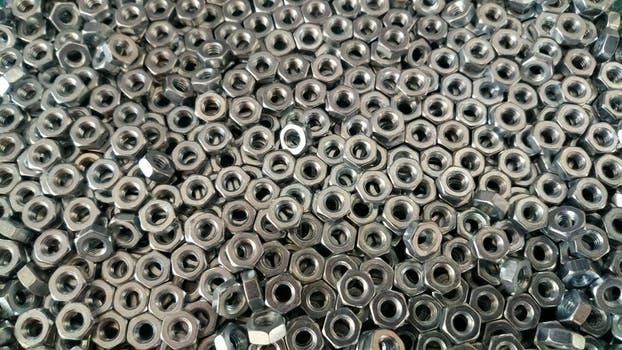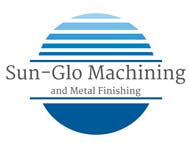What is Passivation?
Passivation is a method passivation companies use to help improve the corrosion resistance of stainless steel parts through the removal of iron contaminants from the surface of the metal via citric or nitric acid submersion, thus restoring them to their original corrosion specifications. Stainless steel gets its corrosion resistance from the chromium that is within it. In the presence of air, chromium in stainless steel will form a thin layer of chromium oxide to cover the entire surface, protecting the metal from the corrosion of contact with oxygen due to chromium oxides inert properties. In ideal situations, stainless steel would be impervious to corrosion due to the inert, oxide layer. However foreign materials can make their way onto the surface of stainless steel during manufacturing processes. For example, the stainless steel may have sulfides added to make it more malleable, or particles of iron from the tools used to cut the metal may accumulate on the surface, preventing the proper formation of the oxide layer.
When stainless steel is submerged into a citric or nitric acid bath by passivation companies, it removes the free iron that is on the surface through a non-electrolytic process. Once these particles have been removed, the inert chromium oxide layer is formed, returning the stainless steel to the corrosion-resistant state that it is intended to be in. The treatment process has multiple steps, and by the end, it will not significantly affect the look or other properties of the stainless steel. Not all grades of stainless steel are going to be eligible for the passivation process and may need to go through other cleaning processes first.
There is also the added benefit of sterilization when stainless steel goes through the passivation process since the acids will destroy most contaminants on the surface of the metal.
The Passivation Process
When passivation companies go through the passivation process, they may use specifications like ASTM A967 which instructs on the proper process to passivate stainless steel. There are specifications for other types of metal, but all of them have three main steps: cleaning contaminants off the metal, a chemical acid bath (nitric or citric acid), and a test to ensure the process was completed properly and the corrosion resistance of the stainless steel is within specifications.
The expanded version of the process is as follows:
1. Alkaline cleaning of the surface of the stainless steel to remove contaminants, foreign materials, oils, etc. — often performed through the use of detergent cleaners.
2. Water Rinse – Deionized Water is used in high precision industries.
3. Immersion Bath – Submerge the stainless steel in a nitric or citric acid bath to cleanse the surface of iron or sulfide contaminants, allowing the reformation of the oxide layer.
4. Water Rinse – Deionized Water is used in high precision industries.
5. Drying of the stainless steel.
6. Testing of the end result, often using salt spray, high humidity chamber exposure, or copper sulfate testing.
Finding a Quality Passivation Company
If your company is looking for a passivation company to restore the anti-corrosion properties of your stainless steel parts, contact the professionals at Sun Glo today.

